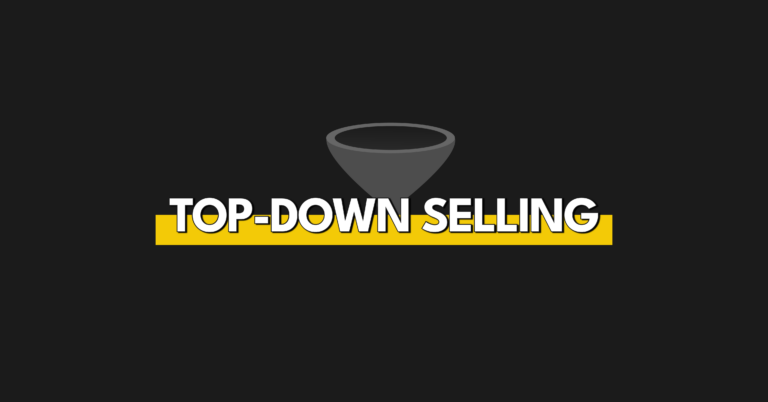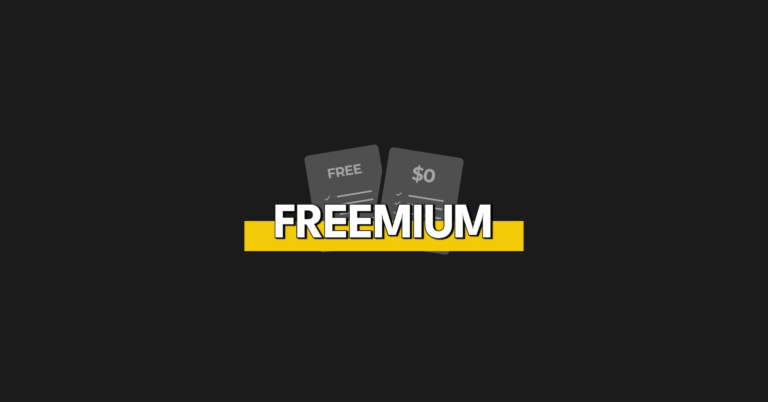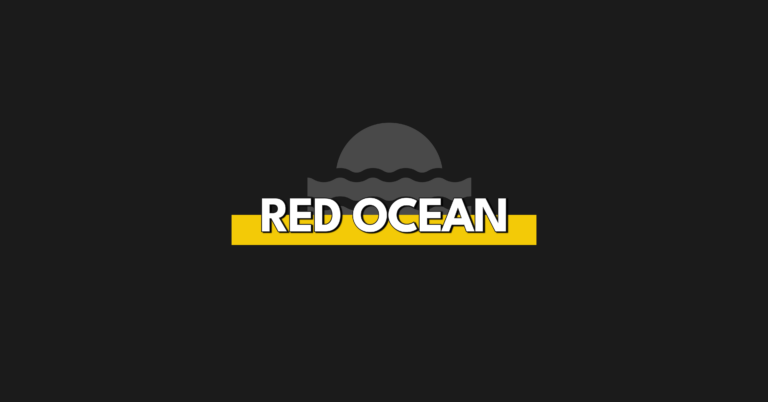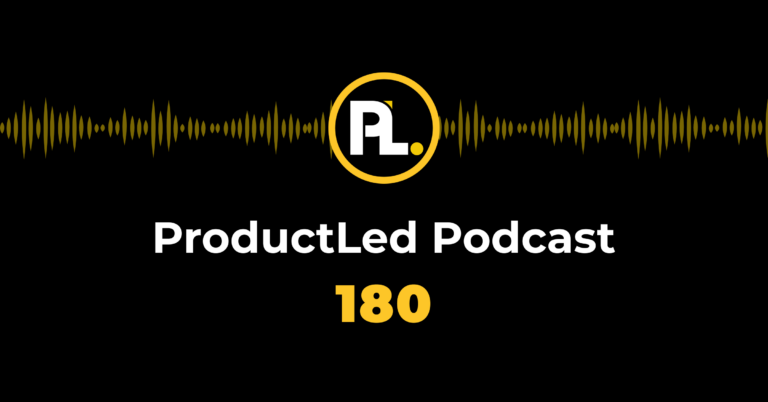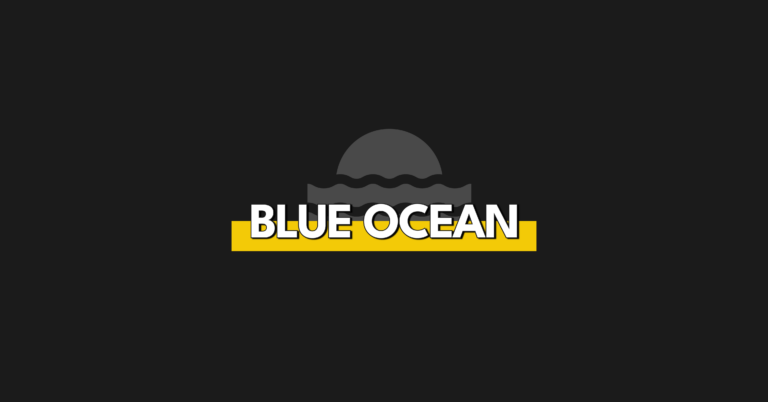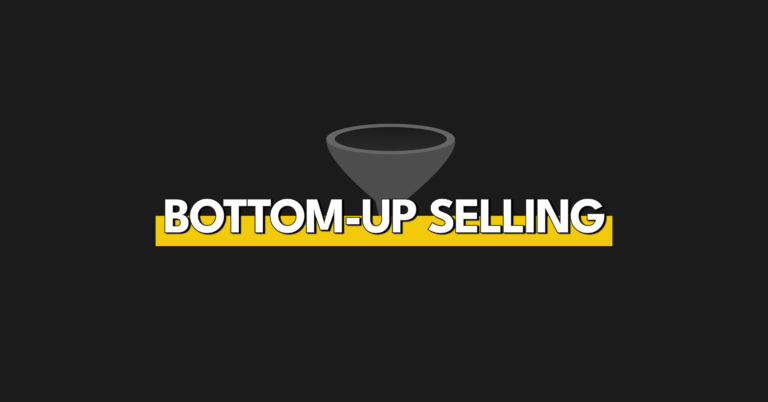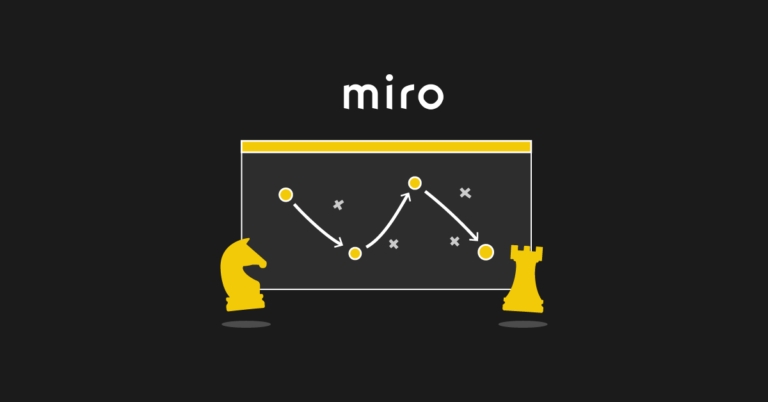Marketers often feel pressure to deliver quick results. They get caught up in growth hacks and standard industry practices that fail to give a long-term SaaS competitive advantage.
If you want to stand out from the competition, you need a strategy that pushes you beyond status quo marketing.
In this post, you’ll learn about:
- Radical Differentiation
- How to Think Differently Than Your Competition
- Tips for Identifying a Viable Market
- Targeting Like-Minded Consumers
Let’s start by introducing a strategy known as radical differentiation.
Radical Differentiation
“Radical differentiation” is a business strategy detailed in the book Zag by Marty Neumeier. It’s founded on the idea that determining a market specialty and consumer base is key to the growth and success of your company.
The strategy is the best way to fight traditional marketing practices. It's about identifying and obsessing over a specific consumer group, building a product that helps fulfill a need, and being the only one in your category serving that specific consumer group with that specific value.
In the next section, I’ll describe how to apply radical differentiation to your product.
How to Think Differently Than Your Competition
You have two choices in business – exist or grow. What are you going to do?
The 4-step process below outlines my adaptation of radical differentiation. The process dives into the foundational principles of the marketing strategy.
1. Look at your internal self-limiting beliefs.
To begin, look internally at the self-limiting beliefs holding you back.
Do you have “I’m not enough” imposter syndrome?
Do you feel “It’s not good enough” perfectionism?
Competition is fierce in today’s market. Average marketing practices aren’t enough to make you stand out. To gain a competitive advantage, you need to fight obscurity and take a risk. Make a business move that challenges your team and puts butterflies in your stomach.
You need to feel like an imposter to stand out radically. You're probably following what other businesses are doing if you don’t.
2. Obsess about your minimum viable market.
Selecting your minimum viable market is more than targeting a specific industry. You need to identify a group of people and pinpoint differences in the market to dominate. What product can fulfill a need that a small group of people needs?
You cannot stand out if you try to go after everyone in the market. Consumers trust products that do that well. If you have a heart problem, you don’t schedule an appointment with a general practitioner: you go to a heart surgeon specialist.
Your viable market should:
- Target a small enough group of people you can own and defend. But they also need to be large enough for you to earn money.
- Be willing to pay more for your product because they see value in it. Your viable market, after all, is your early innovators in the product adoption curve.
- Evangelize your product. People in your viable market write testimonials and refer your product to friends.
Even the most popular brands start with a small target market that expands over time. Take Red Bull, for example. At first, the company only sold its energy drink to Austrians hanging out on ski slopes. Their small viable market had money and needed a beverage to help them from passing out at night. Today, Red Bull targets a much broader market.
3. Engineer your differentiation.
Engineering differentiation means making decisions to help simplify your business.
This process is about creating a crisp and harmonious experience for users. Observe behaviors in your business category and identify processes you can change. Ask yourself:
- What am I going to do?
- What am I not going to do?
- What behaviors am I going to choose to do?
- What am I going to say?
The objective is not only to adjust the copy of your messaging – it's about engineering a congruent price, brand, and message for the target group of your product. It's about a game of going all the way to the edge of the map in different attributes, trying to think of the most congruent one between your market, your category, and what you offer.
Standing out and having a competitive edge over other businesses doesn’t necessarily mean your business strategy must be completely different. For example, it’s okay to have a website design similar to another SaaS company, especially if the internal structure is what your target group expects. What’s important is being the only (and best) choice for a small group of people that see value in your product.
4. Finally, it’s about the jolt.
The “jolt” makes people pay attention to you without being tacky. This process is rooted in the evergreen principles of marketing and psychology 101. If you look at famous brands that have made it big in today’s market, they've all started their journey by breaking away from the noise.
Tips for Identifying a Viable Market
You want to understand your viable market and offer a product that is the best answer to their problem. Your target market is tightly defined when you know what they believe, want, and other psychographic data.
To find your viable market, start by looking at your customer lists, talking to sales staff who interact with customers, and accessing trend reports. Interviews are a great way to get first-hand information about the people you’re targeting. Perfect data is hard to get, but doing research provides you with most of the insights you need.
People willing to pay the most for your product aren’t necessarily going to be the right audience for your viable market, such as how much joy it brings you to work with them, how much you have access to them, and how painful their problem is. After you finish hypothesizing your viable market, it's time to interview some of them. Ask them questions such as:
- What is the number one cliche about your industry or category that they (your consumers hate?
- Why do they think you’re unique?
- How did they find out about your product?
- What’s their most immense pain (related to the product)?
- Why are they really into your product?
- Why do they buy your product?
You may feel pressure to determine your viable market. Commit a research plan with a timeline. The quicker you start executing business, the sooner you’ll be able to test your viable market. Continue with the same group for six months and then look back, draw conclusions on what happened, and learn from setbacks.
Targeting Like-Minded Consumers
Radical differentiation means taking a stance. It’s incredibly difficult to change people's minds. Instead, go after people who believe what you believe first because it's much easier to sell to them.
Here are techniques for attracting consumers:
- Remind potential consumers of their options. They can either choose your product or go with the competition.
- Let people create their options. For example, you can identify a conversion problem and realize you struggle with onboarding. Either obsess over users who don’t convert and talk to them or move forward with a product-led growth method.
- Highlight the gap between what they say and what they do. You can jolt people to behave outside their everyday habits by doing so. For example, an anti-smoking campaign in Thailand had kids ask adults who were smoking to light their cigarettes. The adults responded, “You're too young to smoke, and it gives you cancer. It's bad for you.” Then, as part of the campaign, the kids would, in return, ask them, “If it’s bad for me, why are you smoking?”
- Highlight social proof. Some people don’t change their minds or habits until they are sure the product will work for them. They need to see more people doing it.
Gaining the SaaS competitive advantage is about showcasing the uniqueness of your product and the good it brings to your consumers. Don’t follow your competitors: make your road to success.
You can generate results and do good – it just takes a bit of strategy and risk-taking.

